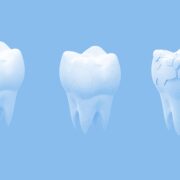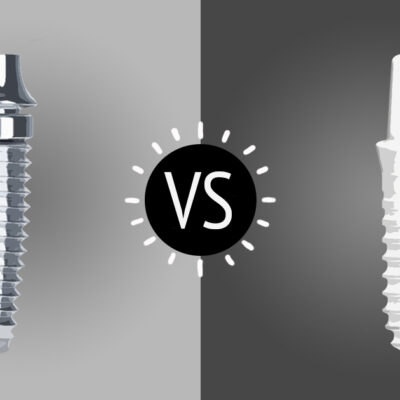It’s time to check your mouth. Are you hoping your dentist will find nothing but perfect pearly whites? If so, you might want to think again. Finding the first signs of a tooth cavity shouldn’t be that hard, right? Well, it isn’t. But with all those tiny nooks and crannies in your mouth, it can be tricky to see them clearly. Unfortunately, there are no fool proof indicators that tell you whether or not you have a developing tooth cavity. Also, this means we won’t be able to tell if we need to get our dentist for another appointment until after the damage has already been done. There are, however, some indicators that may help alert you if there is something wrong with your teeth!
Check for gum disease
If you notice your gums are red and swollen, this may be a sign of gum disease. This is an infection of the tissues around your teeth and is caused by bacteria in the mouth. If left untreated, it can lead to tooth loss. The best way to prevent this is to brush your tooth twice a day with an anti-bacterial toothpaste, floss once a day, and visit your dentist for regular cleanings. If you notice that your gums are unusually shiny, receded from your teeth, or feel spongy, this may be a sign of gum disease. Gum disease can lead to tooth loss, and if you have any of these symptoms, you should visit your dentist to get it treated.
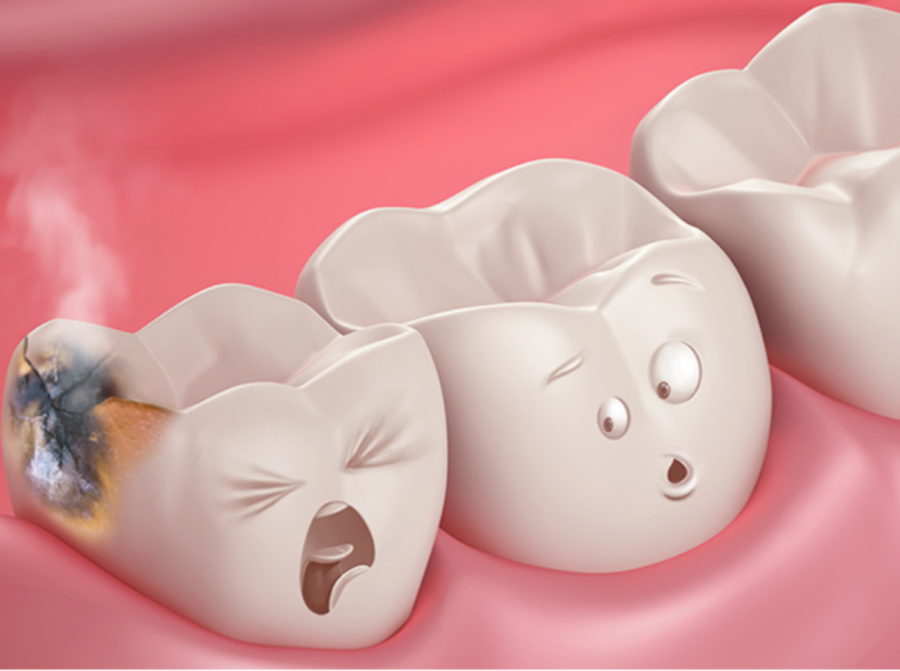
Look for discolouration on tooth cavity
Are the sides of your teeth a bit yellow? Many people notice this discolouration on their teeth and believe it to be a sign that their tooth are rotting away from the inside out. While it is true that your tooth do become yellow as they age, it is also possible to see staining on the sides of your teeth. This is not to be confused with a tooth cavity. There can be many other factors that lead to discoloration, such as smoking, aging, or taking certain medications. If you are worried that your teeth are rotting, however, talk to your dentist. They can perform a thorough examination to determine the cause of the discolouration and help you find a solution.
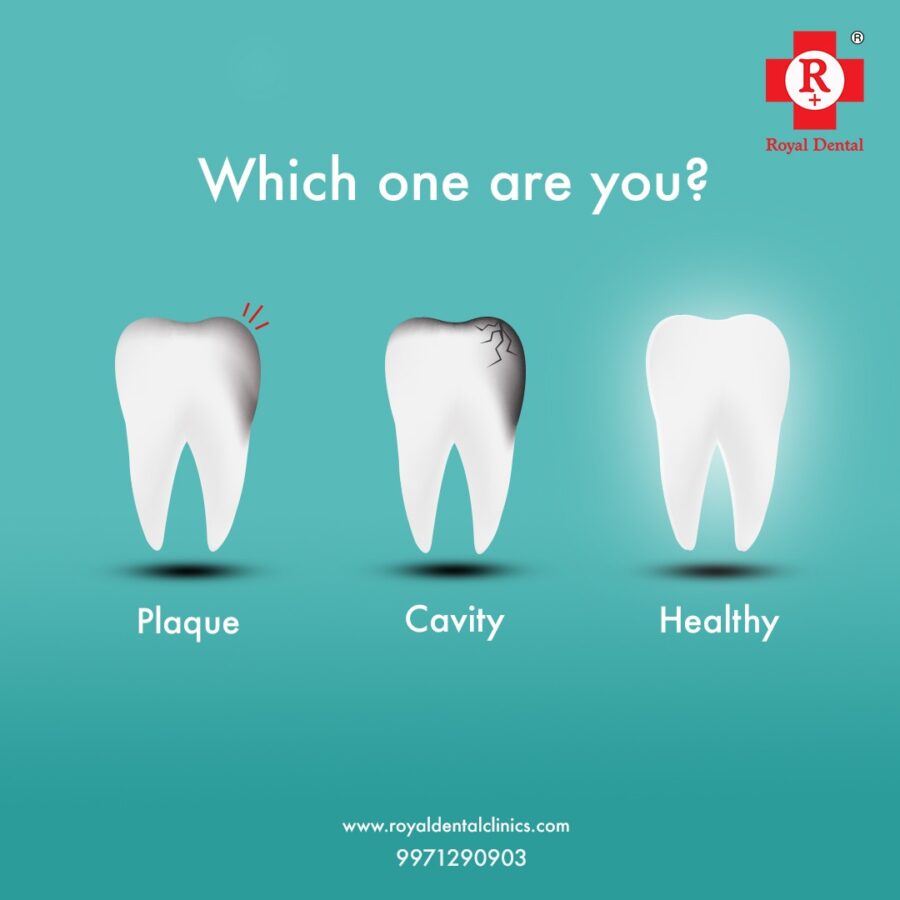
Examine your tongue for tooth cavity
Looking at the back of your tongue can help you determine if you have a tooth cavity. A smooth tongue indicates good oral hygiene, but if you find that your tongue is covered in bumps, this could be a sign that you have cavities. Warts on your tongue are not caused by a tooth cavity, but they can be an indicator of poor oral hygiene. If you find bumps on the back of your tongue, visit your dentist to find out if it is a sign of a tooth decay. You should also look at the color of your tongue. Healthy tongues are usually pink, but an overly white tongue could indicate that you have a build-up of bacteria. This can cause bad breath and lead to tooth decay if not addressed.
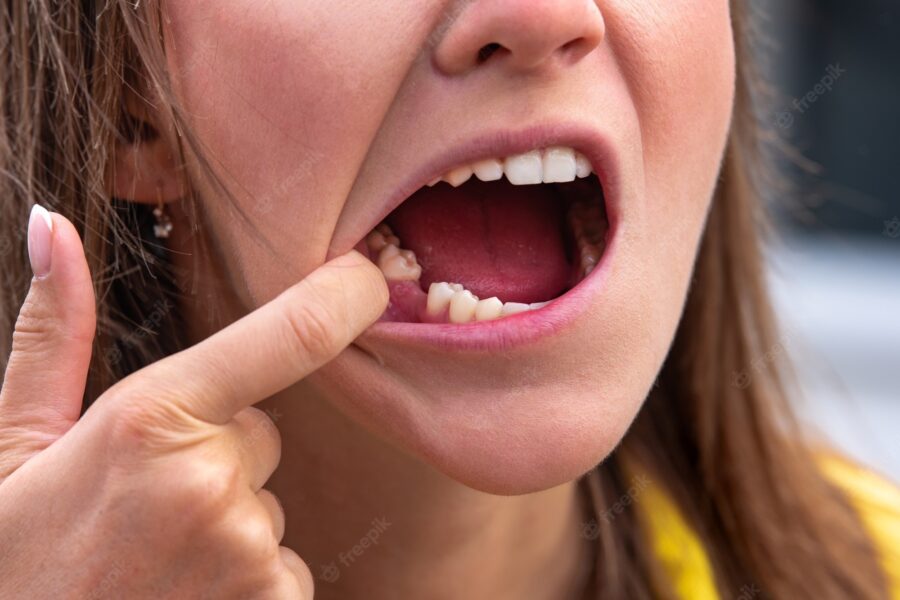
Use your finger and fingernail test
Another way to determine if you have a tooth cavity is to push on the affected area with your finger. If you feel a soft spot on the tooth, this may be a sign that there is a developing cavity. Likewise, you can also use your fingernail to test for a cavity. If the nail is able to easily break through the outer layer of the tooth, you may have a cavity. While these tests are good indicators that you may have a cavity, they are not conclusive. This means you can’t be certain that you have a tooth cavity just because one of these tests shows a potential problem. You should visit your dentist to confirm the diagnosis.

Finding a Cavity with Your Dentist
Before you visit your dentist for a cavity inspection, you should brush your teeth thoroughly and floss to remove any food particles that could cloud your dentist’s view. Your dentist will likely use a dental explorer to examine your tooth for cavities. This is a small wooden stick that is shaped like a pencil. Your dentist will use this to gently probe your teeth to check for cavities. This is usually a quick procedure, lasting only a few seconds per tooth. If your doctor finds a cavity, they will likely recommend a filling.
This can be made from many different materials, such as resin or gold. While fillings are not an ideal solution, they are very common and can help relieve toothache pain until the tooth has fully rotted away. If you have found a cavity, there is no need to panic. Cavities are very common and are easily treatable with the help of a dentist.
How do you check for cavities at home?
Answer= Look for any noticeable holes in your teeth.
A telltale sign that you are dealing with a cavity is if you notice any holes on the surface of your teeth. Stand in front of the mirror in your bathroom and use a small handheld mirror to thoroughly examine your mouth.
What does a cavity look like when it first starts?
Answer= What Does a Cavity Look Like? While it is usually difficult to see a cavity in its beginning stages, some cavities start with a whitish or chalky appearance on the enamel of your tooth. More serious cases can have a discolored brown or black color. However, most often there are no distinguishable red alerts.
Conclusion
Finding a tooth cavity is not easy, and it can be tough to pinpoint its exact location. Thankfully, there are a few ways you can tell if you have a tooth decay, including checking your gums, tongue, and teeth for discoloration and testing with your fingers or fingernails. If you suspect you have a tooth decay, visit your dentist to get it properly treated before it worsens. With proper dental hygiene and regular dental check-ups, you can keep your teeth healthy and cavity-free.
Follow Us For More Updates


